How To Remove Labels & Sticker Residue
Whether you need to take off a stubborn price tag or want to remove jar labels, sticky labels can be a headache. Below, we list the four best ways to remove labels and sticker residue without damaging your object, then the best tips per surface type (glass, metal, etc). And don't worry, these methods are good for both removing our own OnlineLabels.com label products, and taking labels off storebought goods. So whether you're starting with the whole label or just stuck with the stubborn residue, we can help.
Be sure to test the method on a small area first and assess any reactions between the removal method and your object.
Have clean jars ready to be labeled? Get professional-quality labels when you get them custom printed by us!
Methods by Removal Type
These are the four methods we recommend for removing your labels without damaging your object.
Method 1: Nail Polish Remover & Rubbing Alcohol
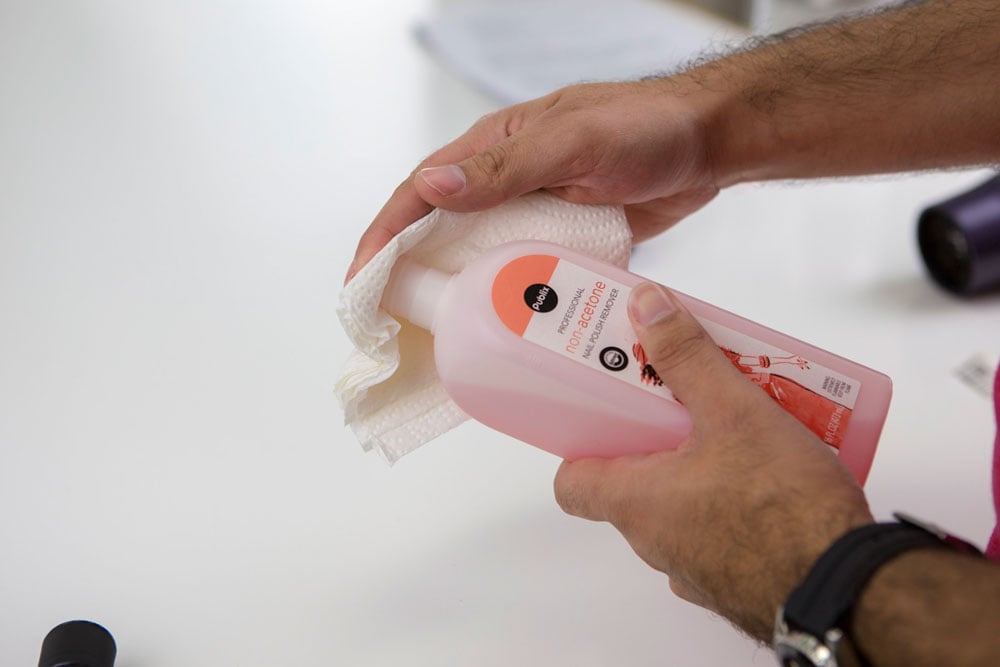
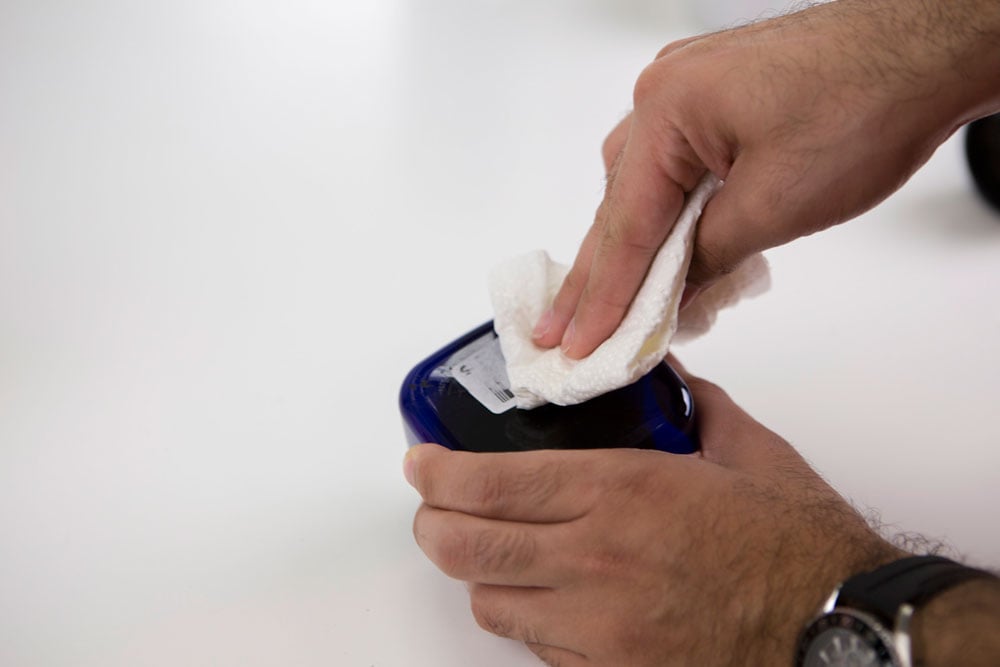
Apply a generous amount of nail polish remover to a cotton ball, cloth, or paper towel. Apply the cloth and let sit until you can see the remover soaking in. Begin to peel off the label, use a sponge to scrub any residue left on the surface if necessary.
Method 2: Water
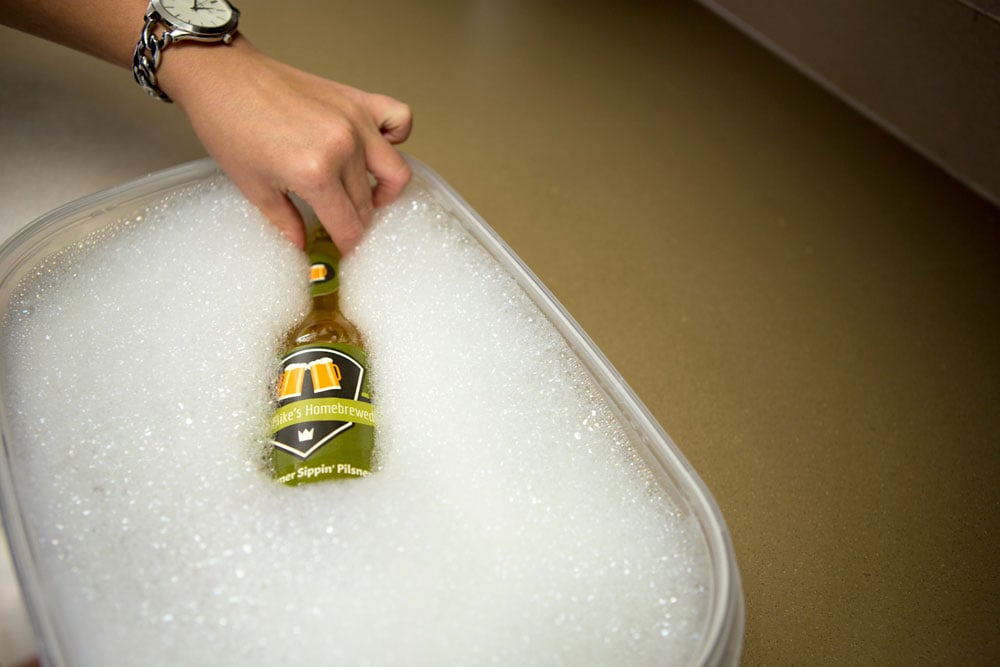
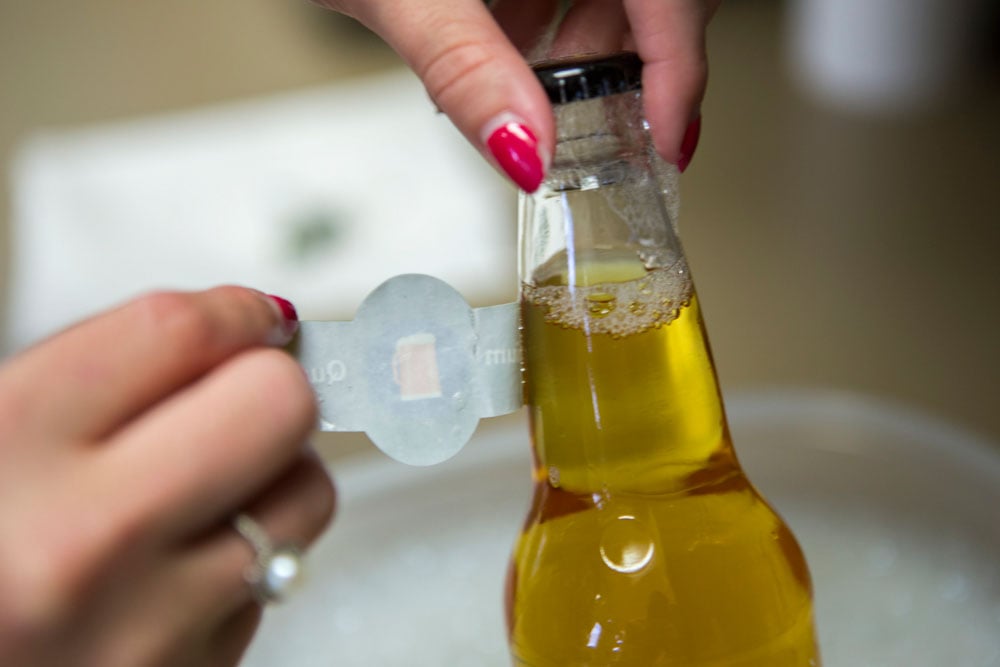
Fill your sink or container with warm-to-hot water. Mix in a half scoop of OxiClean® or dish detergent for extra strength. Submerge your item and let it soak. Different labels and adhesive strengths will require various soaking times, so if it's a strong one, you may even want to let it soak overnight. When you're ready, peel one corner of the label and the rest should follow cleanly. Use a wet sponge to scrub any residue from the surface.
If you're using this method to remove a label from an empty bottle, it may help to also fill the bottle with warm water.
Method 3: Hair Dryer

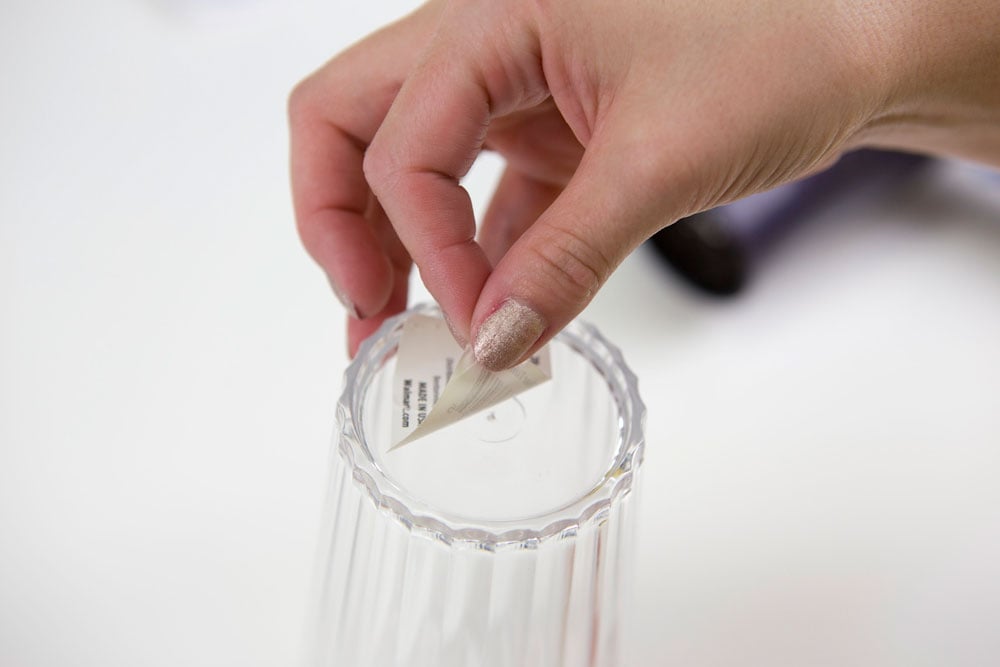
Run the hair dryer on warm over the label in 1-minute intervals, the heat should loosen the adhesive. Continue moving the hair dryer over the label until it peels off completely. Use a wet sponge to scrub any remaining residue from the surface.
Method 4: Vinegar
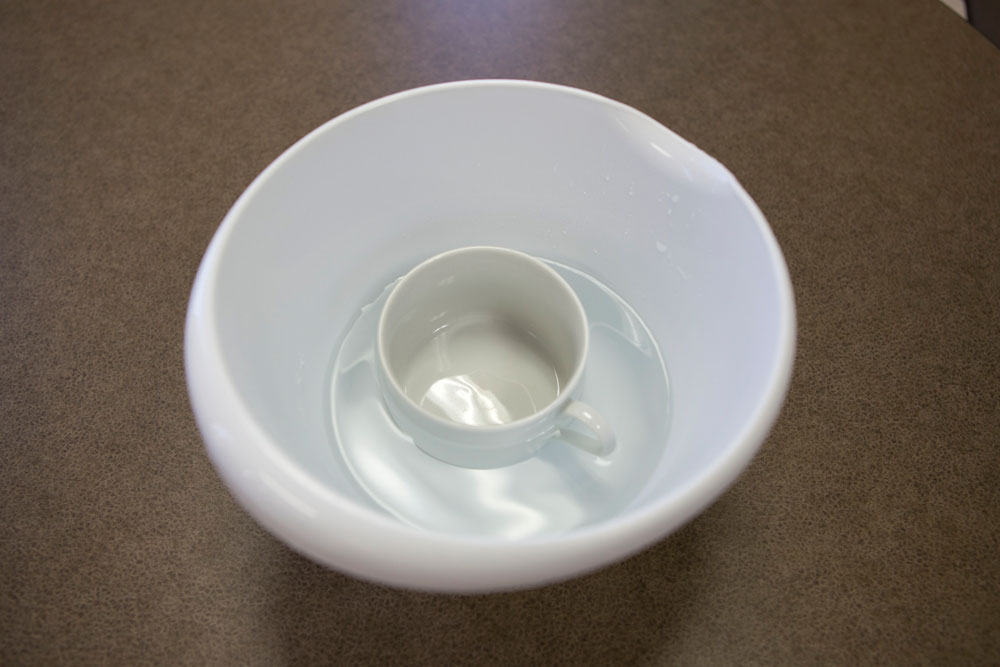
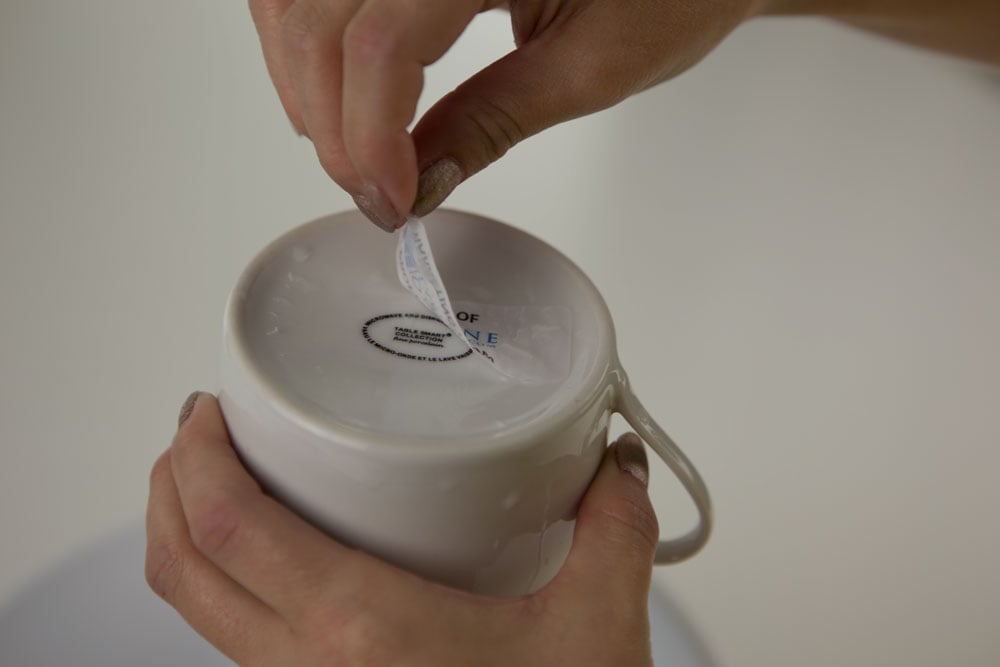
Warm white vinegar in the microwave or on the stovetop, without bringing it to a boil. Submerge your item in the warm liquid, if size permits. If not, soak a cloth in the liquid and drape it over the item. Let the white vinegar soak into the label for 15-30 minutes. Remove your item and begin to peel one corner of the label, the rest should follow. Use a wet sponge to scrub any residual residue from the surface.
Method 5: Label Removal Sprays & Chemicals
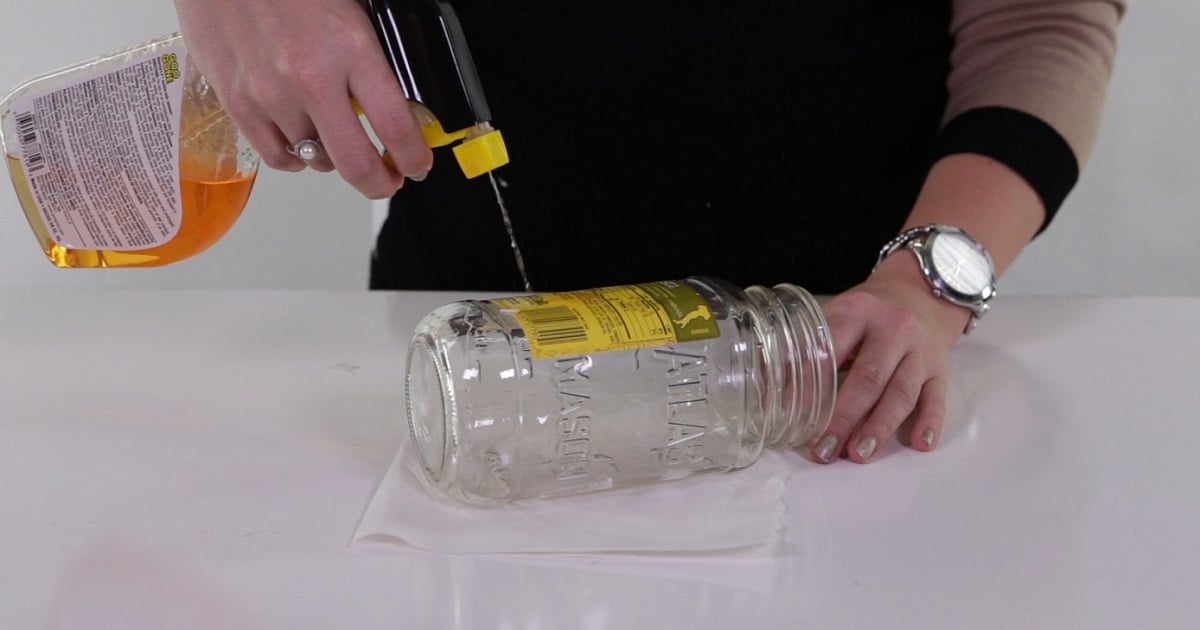
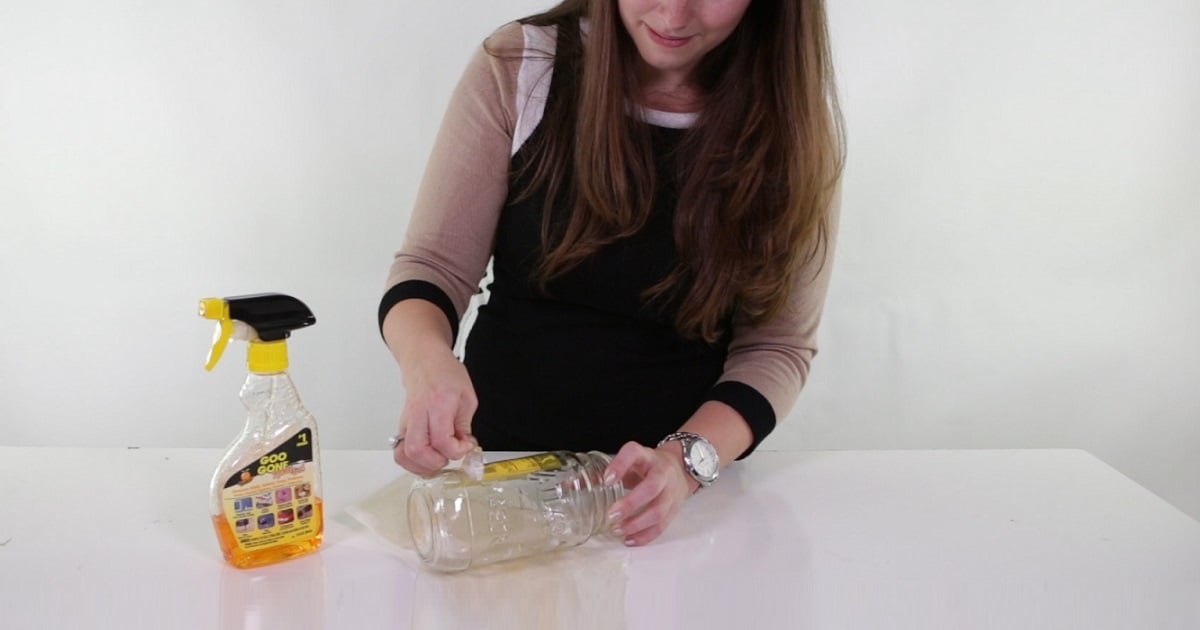
Label removal sprays like Goo Gone can work great when it comes to removing stubborn residue. Liberally spray Goo Gone on the label then lay a cloth/paper towel over the top. Let it soak in for 15-30 minutes. Remove the cloth and begin to peel the label from the corners. Use a wet sponge to scrub any remaining residue from the surface.
Additional Methods
The following methods have their place on the Internet, but are not endorsed by our team of label experts.
| Not Tested | Not Recommended |
|---|---|
|
|
Methods by Surface Type
Surface 1: Glass
Glass is among the most common labeled surfaces. The easiest way to remove labels from glass is to soak your object in water, no dish soap necessary. This works especially well for wine/beer/water bottles, picture frame glass, food/jam jars, and more.
Surface 2: Metal & Tin
With textured or shiny surfaces, soaking your sticker or label under a wet rag will be your best bet. Do your best to affix the wet cloth to your surface and let it sit until the label facesheet and adhesive have weakened.
Surface 3: Plastic
Plastic can be especially difficult for labels to adhere to, so manufacturers need to utilize a stronger alternative. Knowing that, the stronger removal methods will work best for labels on plastic. This includes the nail polish remover, rubbing alcohol, vinegar, or hair dryer. They all attack the adhesive and make it easier to remove. Common plastic containers are food jars/storage containers, household goods, and children's toys.
Surface 4: Ceramic
Most companies use paper labels on ceramics. This means the paper facesheet will be more prone to tearing, therein leaving you with lots of little pieces and a stick surface. Use vinegar to tackle the whole label or leftover adhesive stuck on mugs, plates, and other new housewares.
Surface 4: Porcelain
Paper labels are frequently used on porcelain objects. They're easy to peel at first, but will likely tear into little pieces. The vinegar method will help remove the leftover adhesive so you can get any last remnants off.
Try Removable Labels
Want to avoid this issue again in the future? Try out our removable labels!
This material features a strong enough adhesive that your labels won't budge, but gives you the flexibility to remove them in the future without having to deal with pesky residue. Our removable material is also great for temporary projects or for repositioning labels. It features a bright white facesheet for colors that pop, and an adhesive that'll peel right off.
Need removable labels in bulk? Order custom roll labels on our removable white material.
Use these tips to tackle sticky labels again and again. If you're planning to relabel and repurpose your newly blank jars and wine bottles as decoration, organizers, or fun party favors, get professional-quality labels when you have them printed by us on the size and material of your choice! Try out custom printed labels today.


